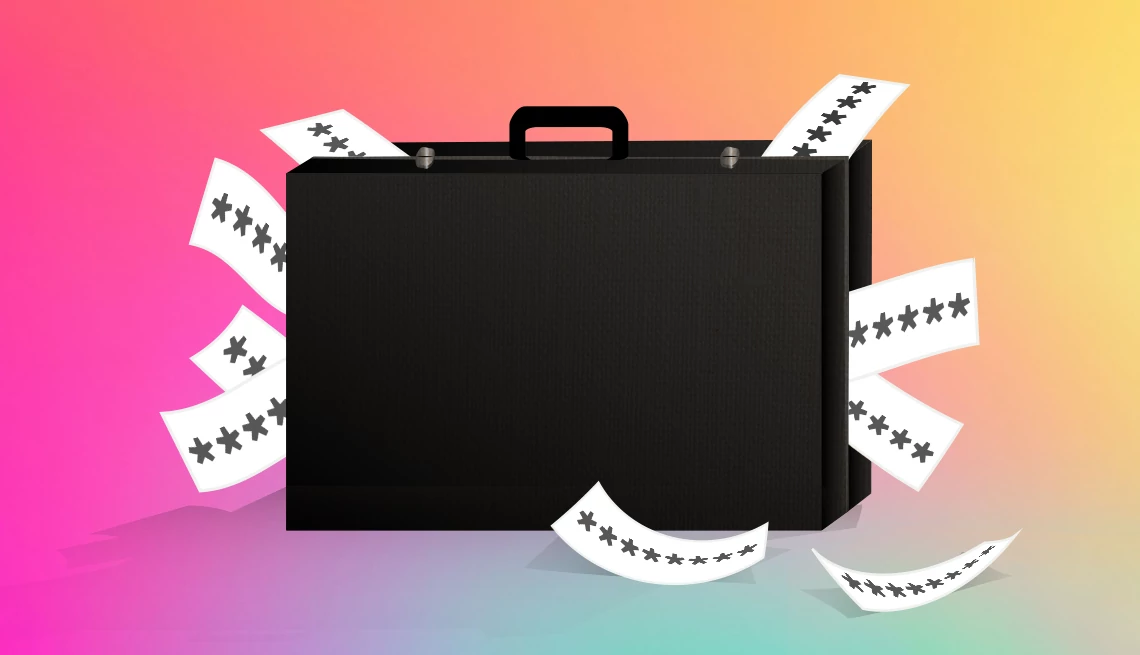
Here’s the lowdown on how to store all your passwords
- Select a language for the TTS:
- UK English Female
- UK English Male
- US English Female
- US English Male
- Australian Female
- Australian Male
- Language selected: (auto detect) - EN
Play all audios:

Technology can be confusing. The smartphone you use to text your friends has more than 100,000 times the processing power of the Apollo 11 computer that landed man on the moon. Your smart TV
can do more than connect to Netflix and may become the hub that helps you stay in your home as you age. Don’t be afraid to explore or to ask questions. Each week, I’ll answer a question
about your devices, their security and how all the puzzle pieces fit together to help you. I’ll also mention a quick tip that you might find enlightening. THE QUESTION: I’M FRUSTRATED WITH
THOSE DANG P@$$W0RDS … _I HAVE SO MANY PASSWORDS AND STRUGGLE TO MAKE EACH ONE UNIQUE, BUT I DON’T WANT TO PAY FOR A PASSWORD MANAGER. WHAT CAN I DO?_ Using a freebie password manager will
save you a few bucks and be fine if you have a few passwords or use only one device to sign in to password-protected accounts. But the average person has 168 passwords, an increase of nearly
70 percent from about three years ago, according to researchers at NordPass, a company with free and paid password manager plans. Covid lockdowns are one reason, yet the numbers remain on
the rise even with the pandemic in the rear-view mirror. For the uninitiated, password manager software such as 1Password, Bitwarden, Dashlane, LastPass and NordPass can automatically
generate strong passwords and store them for websites you frequent, then autofill the credentials when you visit. Some are free; most offer monthly and yearly subscriptions. PASSWORD
MANAGERS AREN’T JUST STAND-ALONE APPS Some password managers live inside your smartphone and on the same web browsers you use to read AARP online or compare prices while shopping.
DEVICE-CENTRIC MANAGERS. Apple’s free built-in password manager for the iPhone, Safari browser and other Apple devices is free and integrated with a system tool known as iCloud Keychain.
Though it can automatically create passwords, for now you must dig into SETTINGS ⚙️ if you want to look for stored passwords. ASK THE TECH GURU Google Password Manager for Android and Chrome
is also free. You’ll have to sign into your Google Account to access a list of saved passwords. While the free Apple and Google password managers are convenient, the passwords or biometric
methods that you use to log into the devices, such as facial recognition or a fingerprint scan, are their main safeguards. SINGLE SIGN-ON METHOD. Some websites accept your Facebook or
Google ID, which may be more secure than creating a new username and password for sites you won’t visit often. The drawback: The new site and Facebook or Google likely will swap information
about you, such as your contacts or friends.
